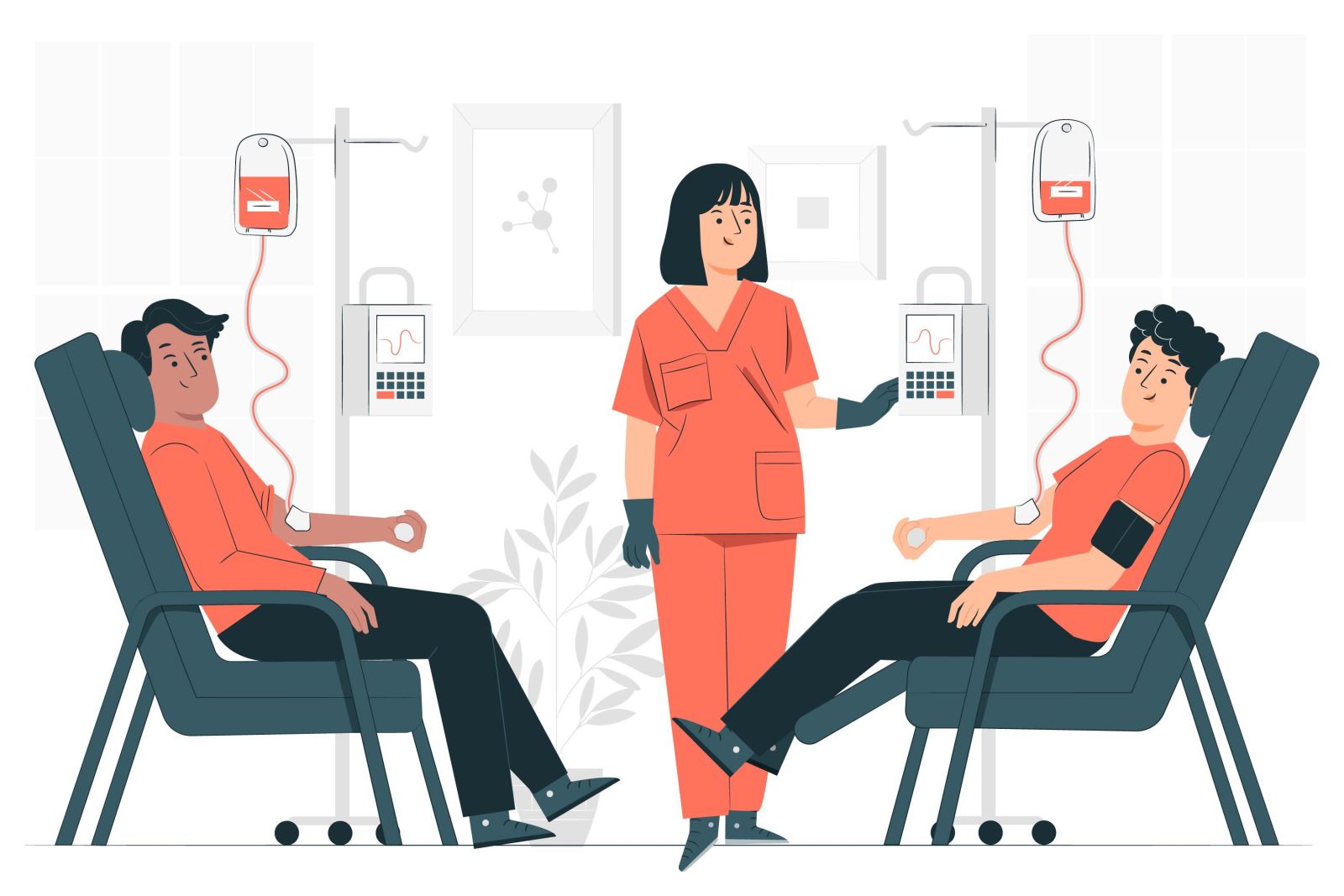Do you remember the last time you donated blood? Millions of people need blood transfusions yearly and 54% of the recipients in low income countries are children below the age of five.
In simple terms, a blood donation means giving up a small volume of your blood—about two cups—to be transferred to someone in need. According to the World Health Organization (WHO), of the 118.5 million blood donations collected globally, 40% of these are collected in high-income countries, home to 16% of the world’s population. Although low-income countries collectively have denser populations, they have lower blood donation rates.
For this reason, we need to spread awareness about the importance of blood donations. Date 14 June was assigned “World blood donor day” to encourage blood donation and commemorate the birthdate of Karl Landsteiner, the first to discover blood groups (A, B, and O) in 1901. Before this discovery, blood transfusions often caused many complications.
History of Blood Donation
Attempts to transfuse blood in humans started in the 1600s after the discovery of circulation by William Harvey. The earlier experiments were done on animals and then on humans using animal blood. Most cases were unsuccessful and even harmful leading to a halt in blood transfusion experiments.
The first successful blood transfusion experiments from one person to another did not occur until 1818. In these successful cases, Dr. James Blundell used donated blood to treat women with uterine bleeding after birth. At first, the transfer had to be done from one person to another simultaneously. Later, scientists discovered how to store blood to be used when needed.

Health Benefits of Blood Donation
Blood donations are chiefly used to treat patients with anemia, which means not having enough healthy red blood cells to carry oxygen to your body cells. Blood donations are also needed for people who suddenly lose a large amount of blood as a result of injury or surgery.
In addition to saving millions of lives, blood donations carry benefit to the donor as well. The first benefit is from the sense of wellbeing resulting from helping others. You also receive a health check and blood testing for viruses (HIV and hepatitis viruses).
Side Effects of Blood Donation
Fortunately, the side effects of blood donation are minor and rare. Some people get dizzy or may faint if blood is transferred quickly; others may develop a bruise at the site of the needle. In rare cases, the bleeding under the skin may affect other tissues; in these cases, donors need medical attention.
Who Should Donate Blood
Regulations may differ slightly from one country to another, but generally, the suitable age for donation is 17–60 years. You should not be ill at the time of donation, and you should not have any of the contraindications to donation, such as HIV infection, viral hepatitis, exposure to sexually transmitted diseases, or illegal drug use. You should also weigh at least 50 kilograms to safely donate blood. Finally, you are allowed to donate blood after a period of 3 months since your last donation.
Blood donations are crucial for the lives of millions of patients worldwide. Let us lend a hand and support them by donating blood when we can.
References
britannica.com
kindpng.com
medscape.com
ncbb.org
ncbi.nlm.nih.gov
oneblood.org
who.int